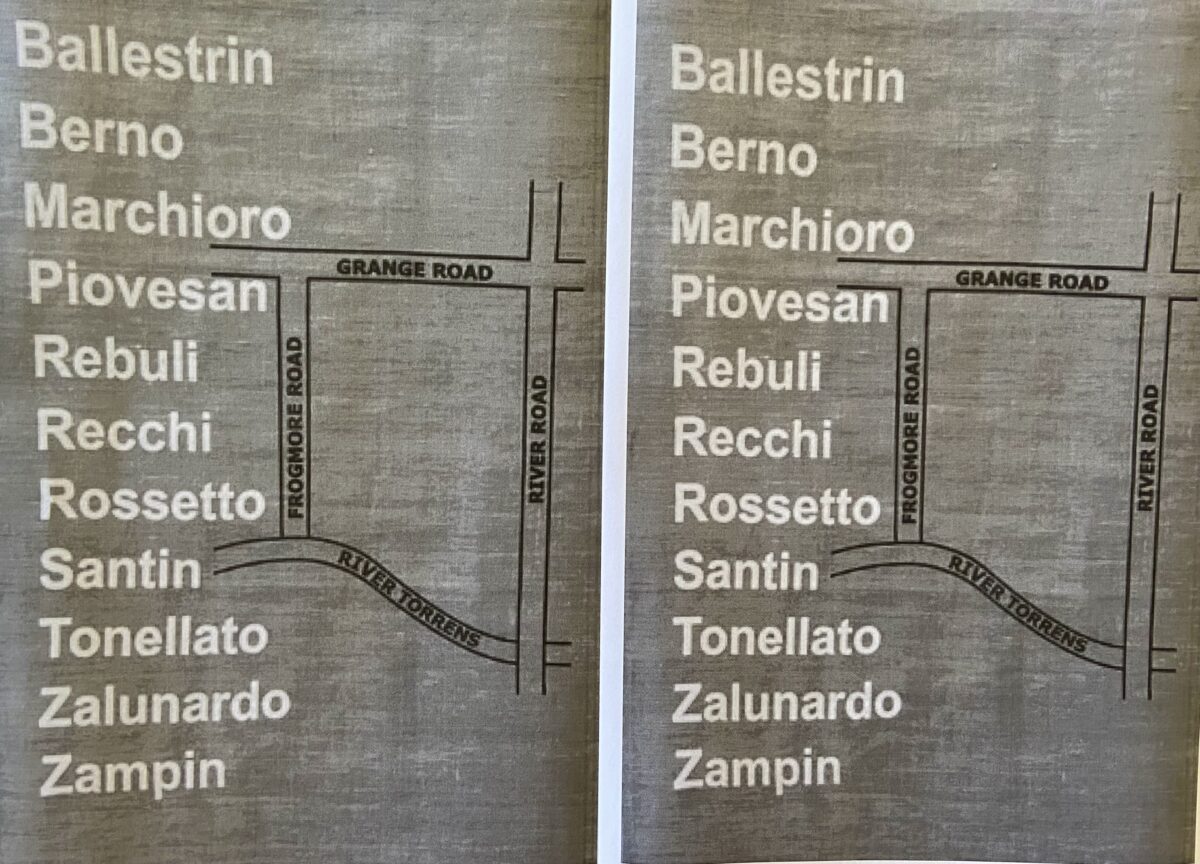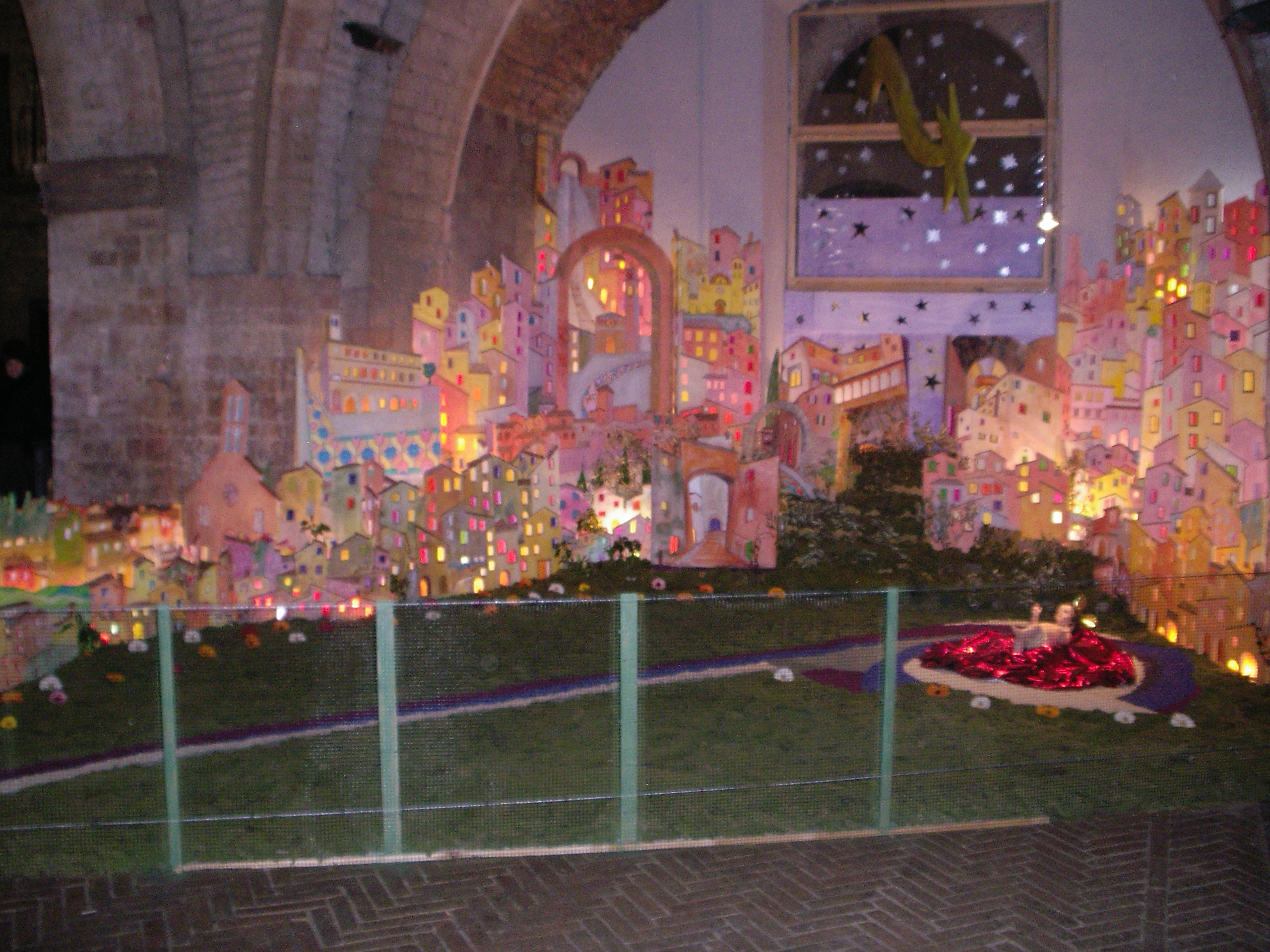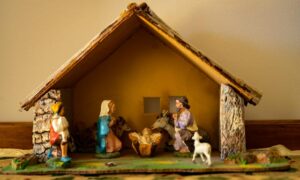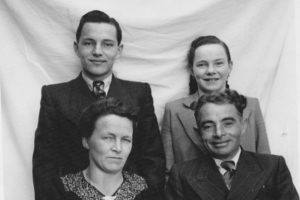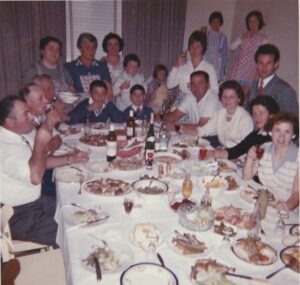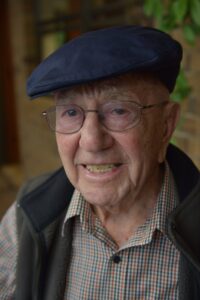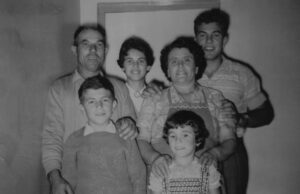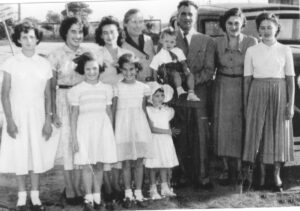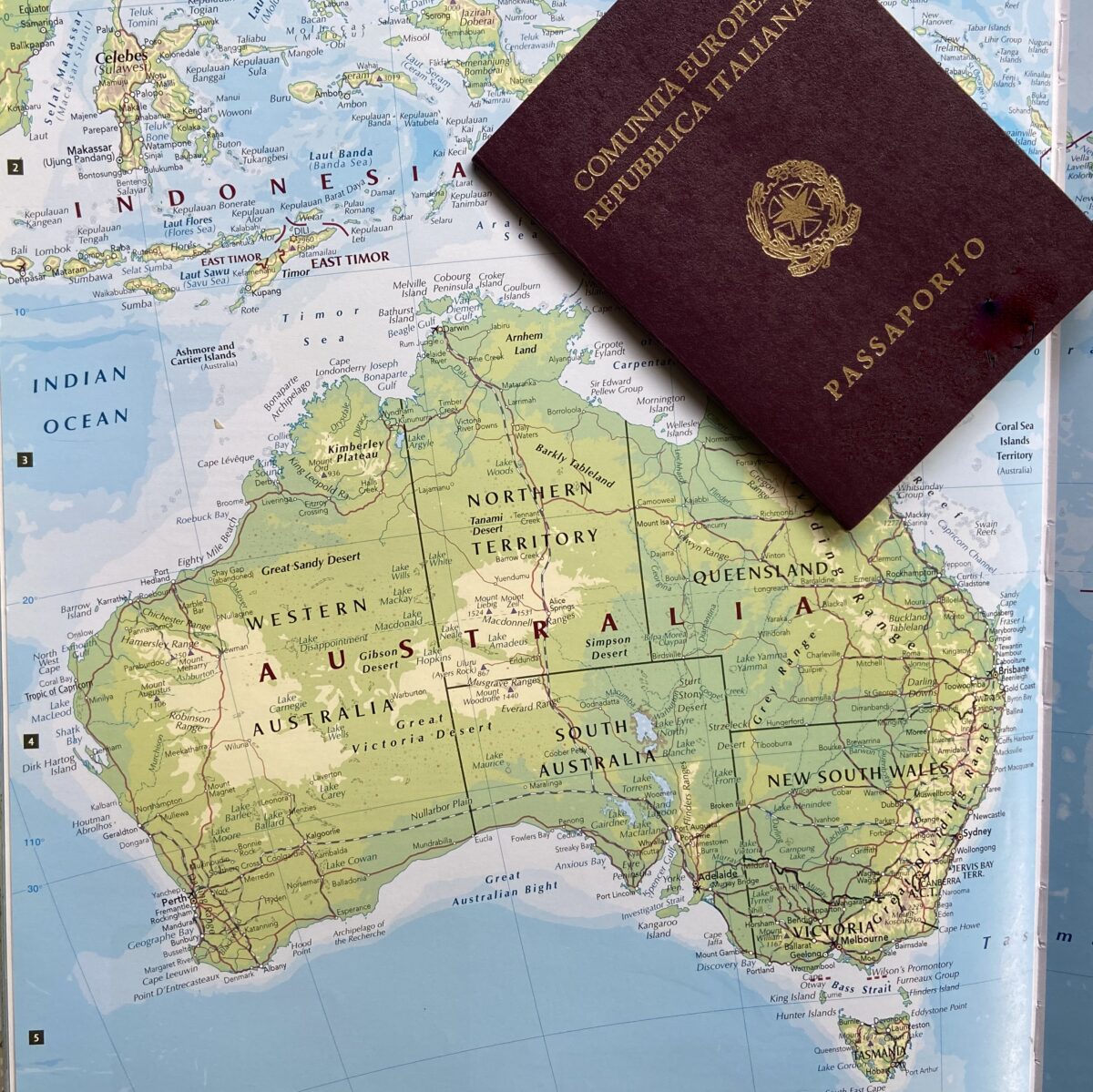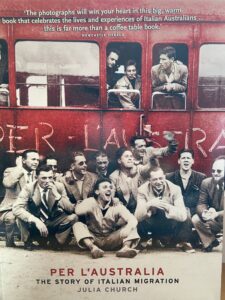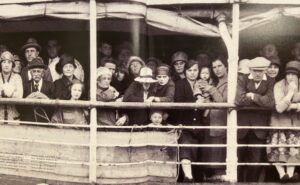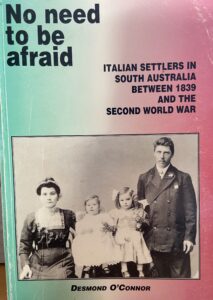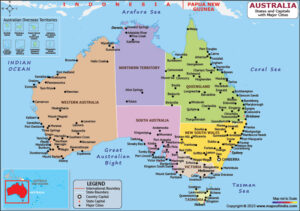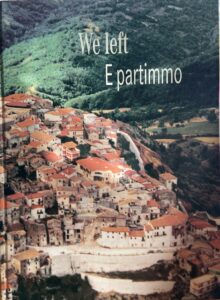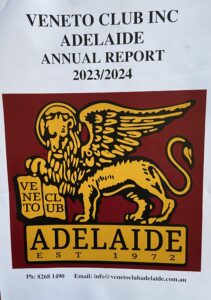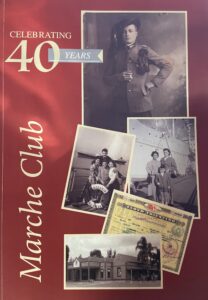This blog marks the shift from 2023 to 2024. It’s time to reflect on the year that has been and in particular, for subscribers to the Veneto market gardeners’ blog.
The image above is the tea towel designed to show the families who had market gardens in the 1940s and 1950s in the area the Veneto market gardeners called Lockleys. Bob Window was the designer.
Thanks to…
– the Veneto Club in Adelaide which subsidises the costs of the website. The financial assistance is greatly appreciated.
– Michael Campbell for his work in managing the website and taking care of all the background work. Michael attends to all the security issues that enable the smooth running of the whole website.
– all the subscribers to the blog. It is great to know that people enjoy reading the blogs and that some are interested to make contact through the comments facility.
Thanks to the people who wrote blogs in 2023:
- Linda Zamperin, the Tonellato family and the baccala tradition at Easter, 26th March
- Angelo Piovesan – the Piovesan family migration story, 21 May and 4th June
- Vivian Miotto for the Miotto family story, 2nd July
- Remo Berno – “Parties in the Veneto community of Lockleys,” 30 July, “Pio X and migration,” 24th September, “Ritornero’ = I will Return, Pio X pilgrimage,” 22nd October
- Paola Squires, Family history, 27 August
- Diana Panazzolo – “A family tradition – making crostoli,” 10 September.
It is very significant for people to record their family stories and the changes that take place over the years. The stories help us to understand the complexity of migration and each family’s experience adds to the wider history of multicultural Australia.
Thank you to people who have given permission to use their family photos when they have been interviewed. It is wonderful to have such a large number of photos that tell the stories of families and their experience of the market gardens and/or their lives in Australia.
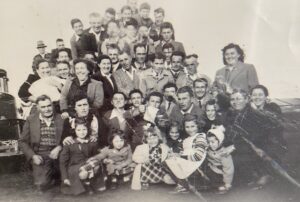
A continuing thank you to all those people who have generously agreed to be interviewed for the Veneto market gardeners’ oral history project since 2008. There are now 65 interviews in the collection held by the State Library of South Australia and that are also published on the family pages on this website.
Farewells to people who were interviewed for the project
In this past year, a number of people who were interviewed for the Veneto market gardeners’ oral history project have died. I am grateful to have had the opportunity to spend time with them and to have recorded interviews.
I‘d like to acknowledge the interviewees who have died during the past year:
*Guido Rebuli died on 25 December 2022, aged 84 years
* Barrie West died on 5 March 2023, aged 85 years
*Ermenegilda Simeoni died on 24th July 2023, aged 91 years
*Johnny Marchioro – died on 15 September 2023, aged 83 years
*Lena Moscheni nee Rossetto – died on 7 October 2023, aged 90 years
*Anna Maria Lucchesi – died on 17 November 2023, aged 94 years.
Three eulogies will be included in the next blog on 14th January.
Additions to the website
A number of recordings of interviews have been added to the website this year and some transcripts. You can listen tot he interviews and read the transcripts that have been published. You’ll find the recordings of interviews on the website:
- Louis Ballestrin – see Ballestrin family page
- Silvano Ballestrin – see Ballestrin family page
- Leon Bernardi – see Rossetto family page
- Anna Maria Lucchesi – see Rossetto family page
- Terry Mazzarolo – see Zampin page under the ‘Relatives’ button.
- Angelo Piovesan – see Piovesan family page
And in 2024…
The blog will continue to be posted every fortnight. If you are interested in contributing a story about your family or the experience that is of interest to Veneti who read the blogs, please contact me to arrange a date. I am very happy to assist people to prepare blogs and welcome more contributors and more variety of subjects.
The exhibition, ‘Cornucopia: Gardens and Gardening in South Australia’ will continue to be displayed in the
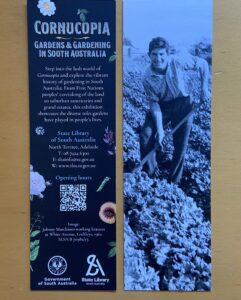
State Library for the first few months of the year. It is a beautiful display of photos and stories about gardens and gardeners from First Nations customs to the practices of today in both flower and productive contexts. Johnny Marchioro is featured in the exhbition with family photos, the record books that he donated to the Library and an excerpt from his oral history interview. There is also a QR code link to the Veneto market gardeners’ website.
On Tuesday 20 February I will be giving a presentation at the State Library about the Veneto market gardeners’ project and the book that will be published later in the year. The talk will be at 12:00 pm. I hope that many of you who have been involved in the project might be able to attend the presentation.
Interviews in the State Library of South Australia
All the oral history interviews recorded for the Veneto market gardeners’ project are now included in the Library’s digital collections website. You’ll see that there are photos of many of the people. Other photos will be added in 2024.
You can listen to any of the 65 interviews – just scroll down the list and move to the next page of interviews using the arrow at the bottom right of the page. The interviews are presented in the order that they were recorded from 2008 to 2023.
Click here to access the oral history interviews in the State Library
Best wishes for the new year and for all that will unfold for you and your family in 2024!
Buon anno!
Madeleine Regan
31 December 2023
